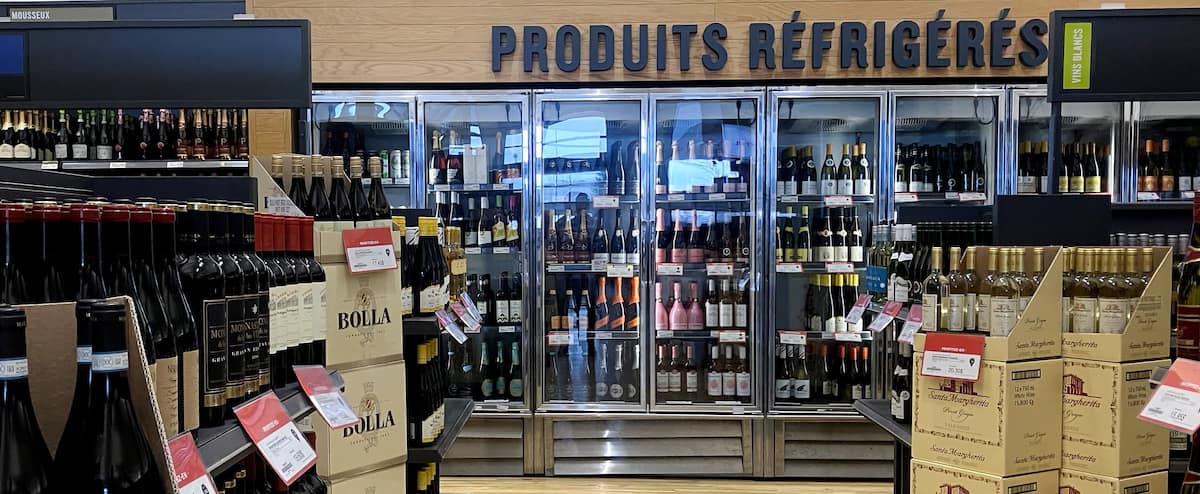We will have to pay almost $1 more for certain bottles of wine sold by the Société des alcools du Québec (SAQ) in a few days.
• Read also: More than $2 million to five SAQ bosses
• Read also: “They don’t feel indebted”: the SAQ’s methods criticized by small local entrepreneurs
The state-owned company will raise its prices by an average of 1.1% on 1,862 products, for an average increase of $0.87 per bottle.
The SAQ normally authorizes two price increases per year, in May and November. That of last May had been postponed to June 18.
This postponement has allowed the SAQ “to integrate the recent drop in shipping costs into its price structure”, we explain.
Some 795 products will experience an average price drop of $0.53 (-2.7%), but the SAQ can apply it at any time.
The SAQ sells less wine
If shipping prices are down, SAQ suppliers “are not immune to current inflation”.
“Their production costs are on the rise, particularly in relation to dry matter and labor costs,” we explain to justify the most recent price increase.
In its annual report published last week, the SAQ indicates that it sold less wine last year, its volume falling from 172.9 million liters to 172.1.
While sales fell by the equivalent of just under 1 million bottles of wine, revenue from these sales jumped $93 million to $2.7 billion.
A situation which is partly explained by the two price increases in 2022, that of 3.7% on average in May (2,550 products) and that of 2.4% in November (1,458 products).
Change the way
Those who are responsible for supplying the SAQ with wine, the agencies, are fed up with this system of biannual price increases.
“It must become a priority to review the price adjustment process,” says Catherine Lessard, general manager of A3 Quebec.
Its 86 member agencies represent 95% of the products found in SAQ outlets. In April, when the price increase was negotiated, A3 polled its members on how to do it.
Nearly 3 in 4 members (78%) think prices should be adjusted for the whole year, not just twice.
On the one hand, it would avoid a price hike on almost all products all at once.
Then agencies could better predict and have a better view of what’s to come. “The current system creates a lot of uncertainty,” says Ms. Lessard.
